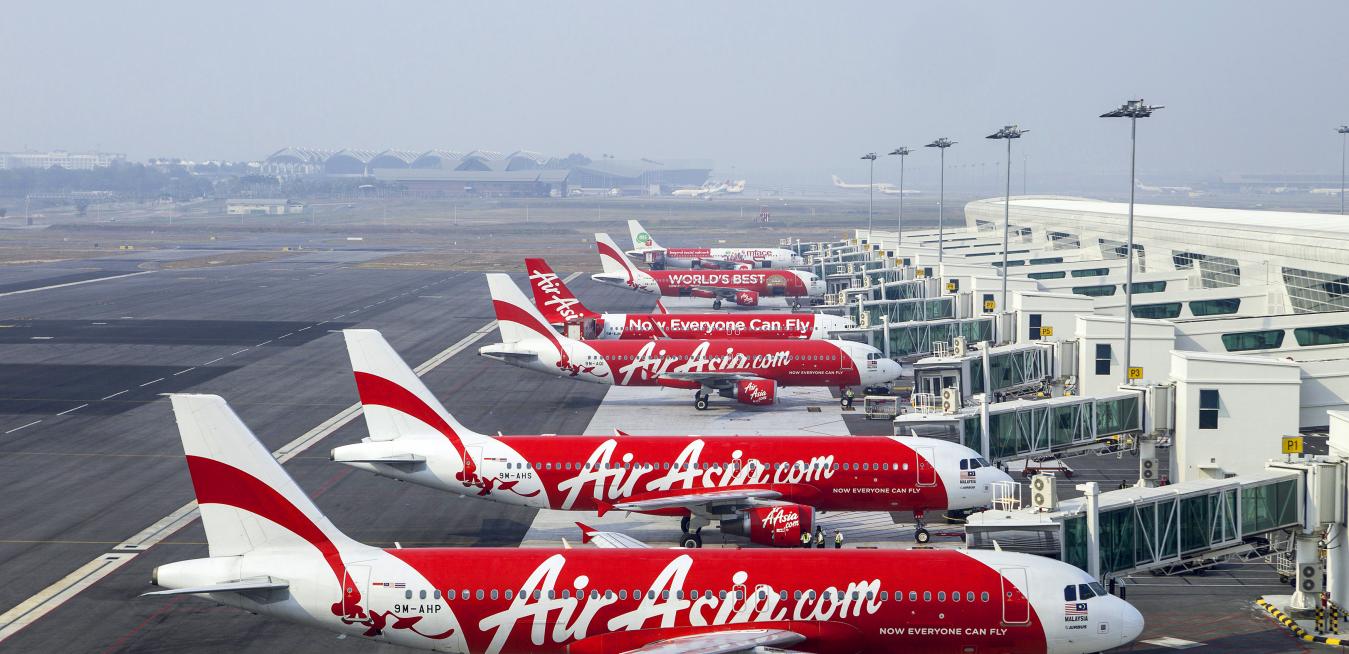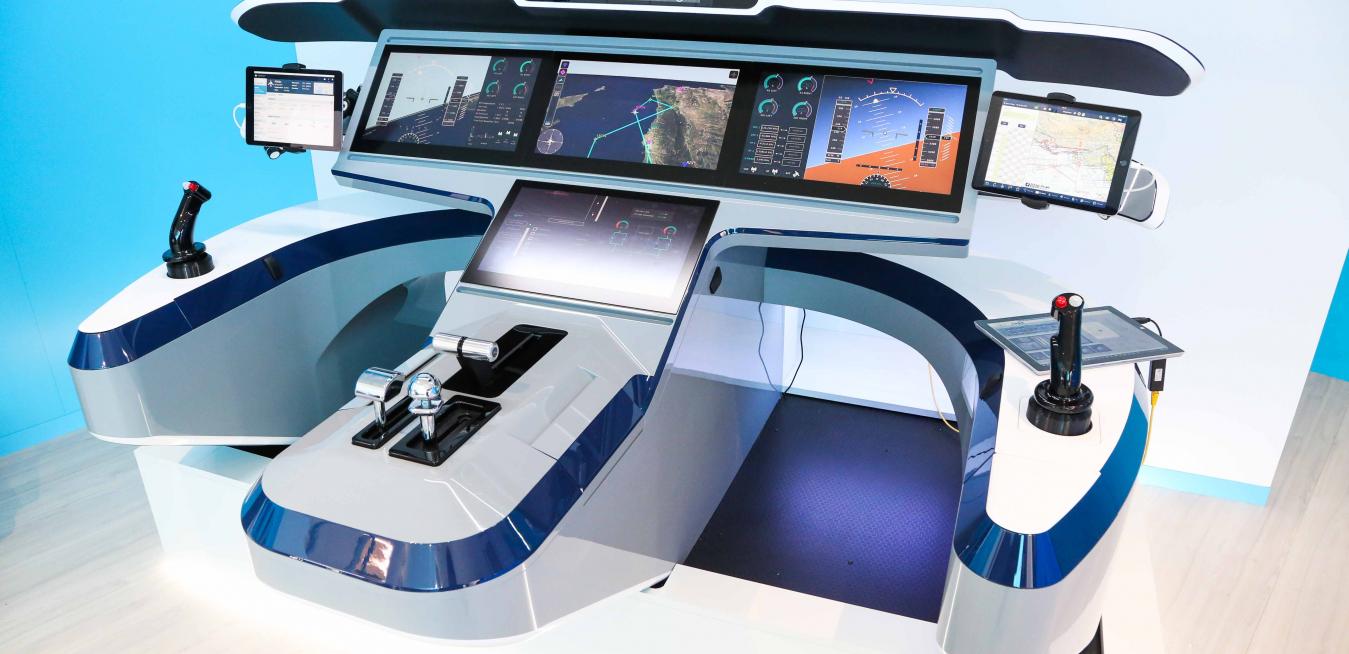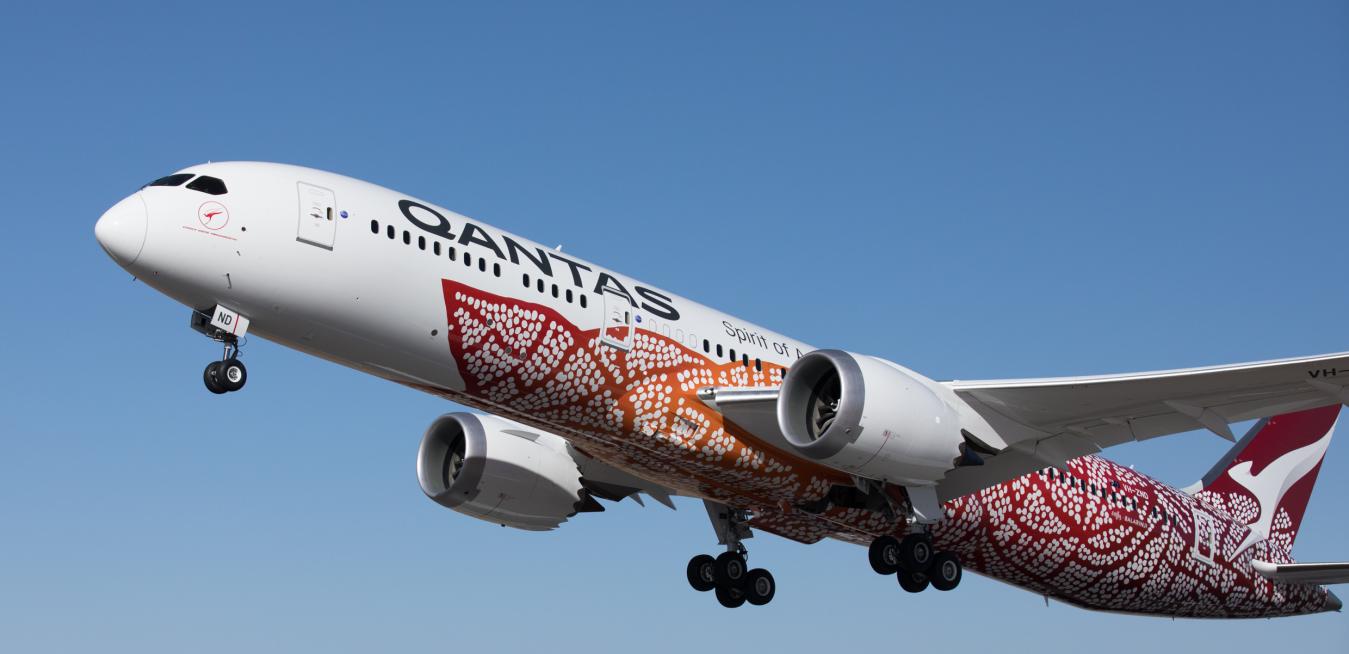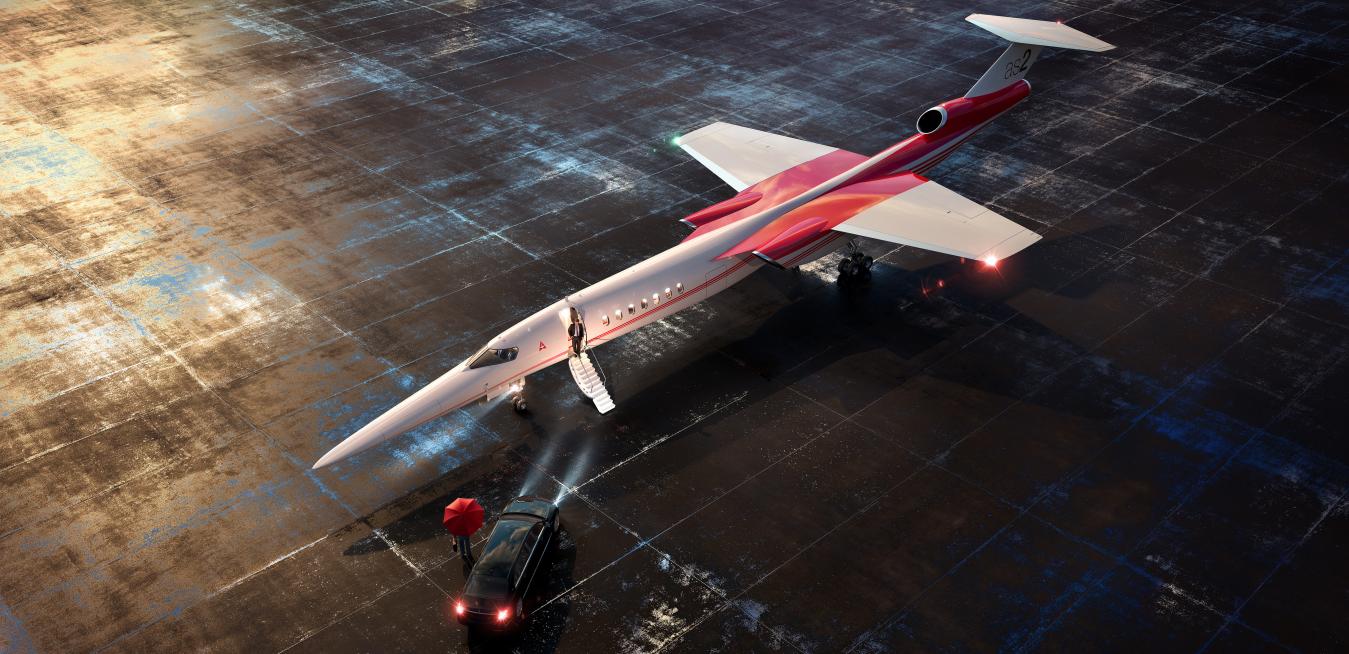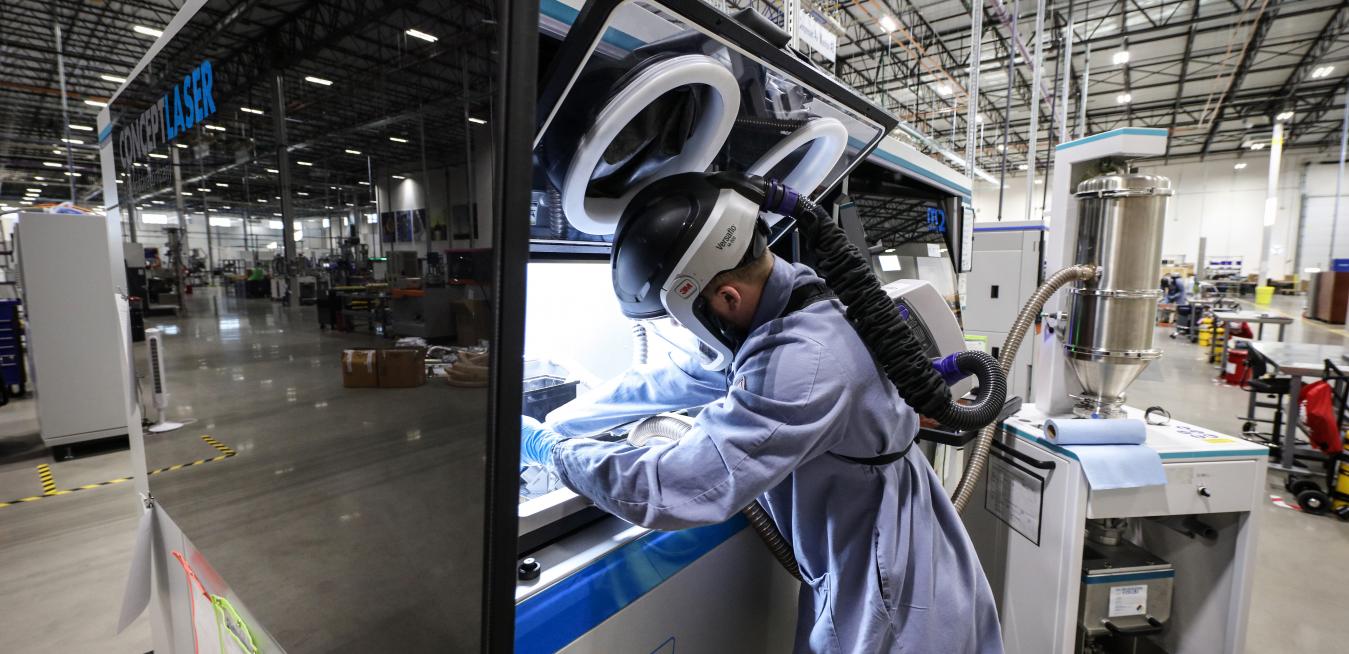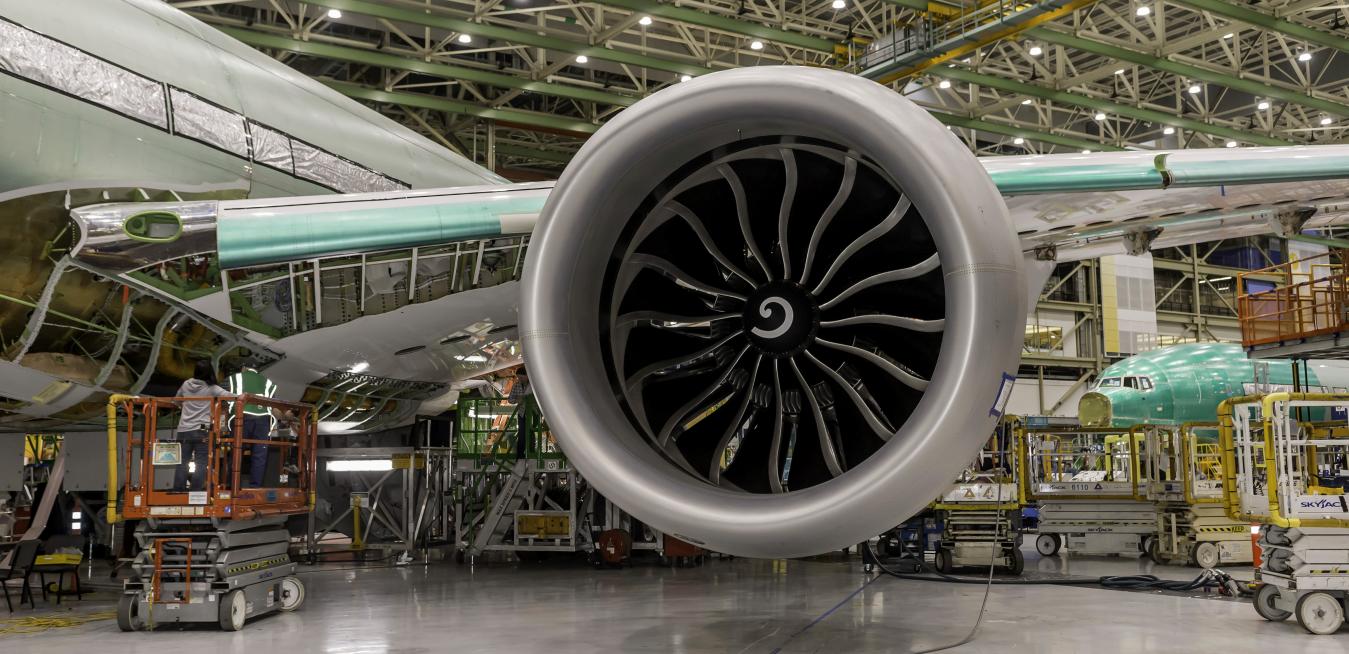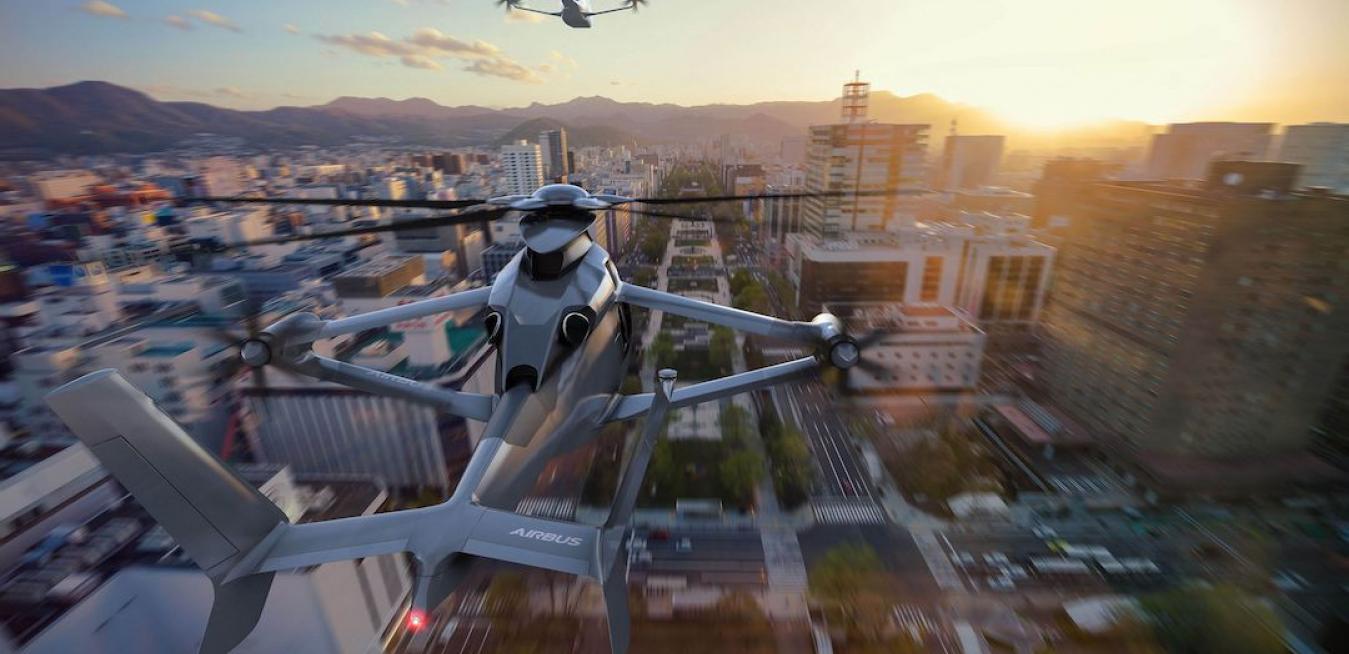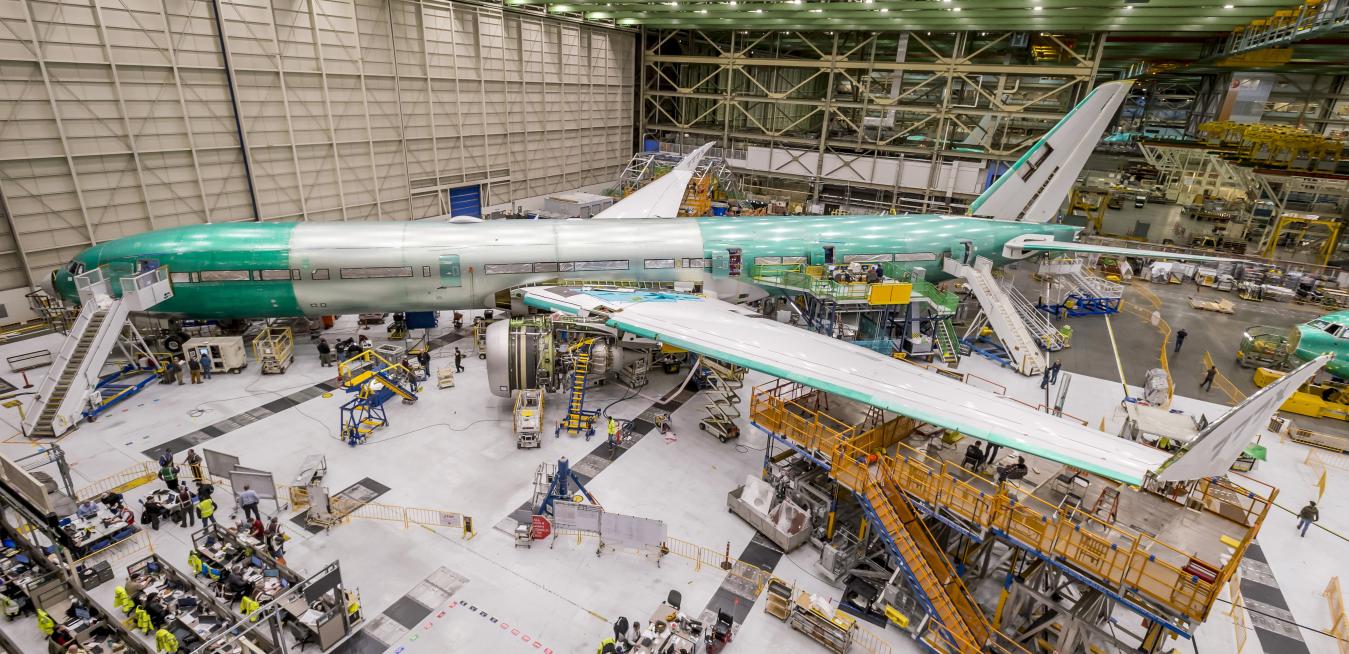The airline industry capitalized on the value of networks with the creation and extension of booking systems to travel agents decades before we started shopping on the Internet. Today, advances in wireless technology and computing power are enabling the industry to push the benefits of digital networks deeper into operations to make fleets more responsive and efficient.
Before boarding a flight, a passenger will likely use their phone to show their ticket, send some last-minute emails and maybe even download a movie for the trip. We take it for granted that digital technology, everywhere we go, is making our lives infinitely easier.
GE Aviation and Qantas have a great buddy act going.
Time-strapped travelers will like the sound of this. Early in February, Boeing announced it would partner with Aerion Supersonic, a Nevada company that has spent the last two decades developing a supersonic business jet called the AS2. Boeing said in a news release it would “provide engineering, manufacturing and flight test resources, as well as strategic vertical content, to bring Aerion’s AS2 supersonic business jet to market.”
Two U.S. Army workhorse helicopters, the Black Hawk and the Apache, are getting futuristic new engines that promise to keep the legendary choppers in service for decades to come. On Friday, the Department of Defense awarded GE a $517 million contract to develop new engines for thousands of the airships in service over the next six years.
But when Marie-Agathe Charpagne sat down to play “Apres une Lecture de Dante” by Franz Liszt, in 2016, she was perfectly composed. In front of an audience of her fellow competitors, her hands flew over the keys, always landing on the right notes, while her bare feet skimmed the pedals, giving added depth to the music flowing from the instrument.
Just a few years ago, it would take GE engineers more than 800 parts to build a third of a new turboprop engine. Today they need about a dozen.
The future of flight is an ever-evolving topic ranging from new supersonic passenger jets to hybrid helicopter-like aircraft that fly more like a plane.
Boeing just released the first pictures of the world’s largest twin-engine jet, the 777X, equipped with the world’s largest jet engine, the GE9X. The plane is scheduled for its maiden flight this year.
